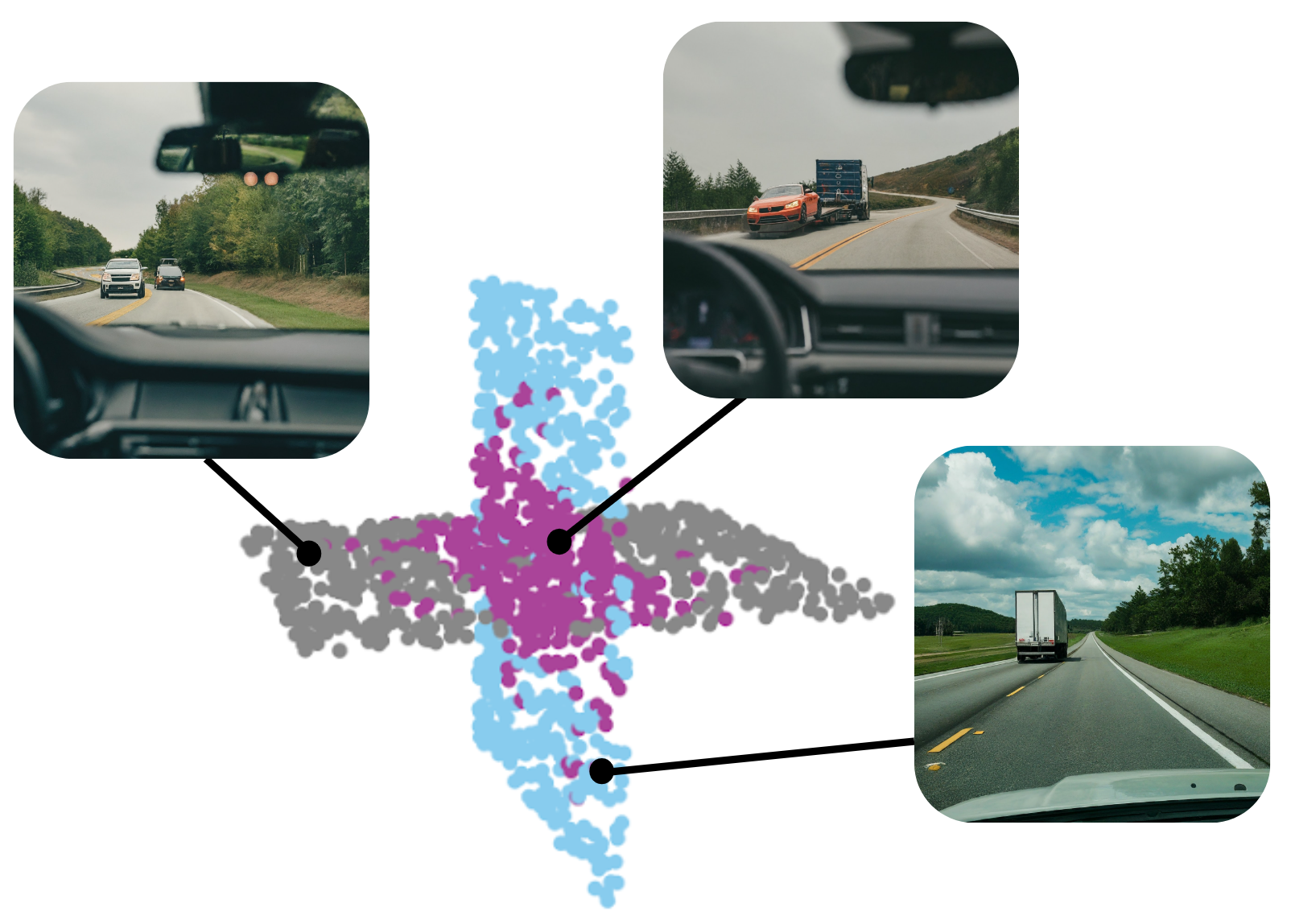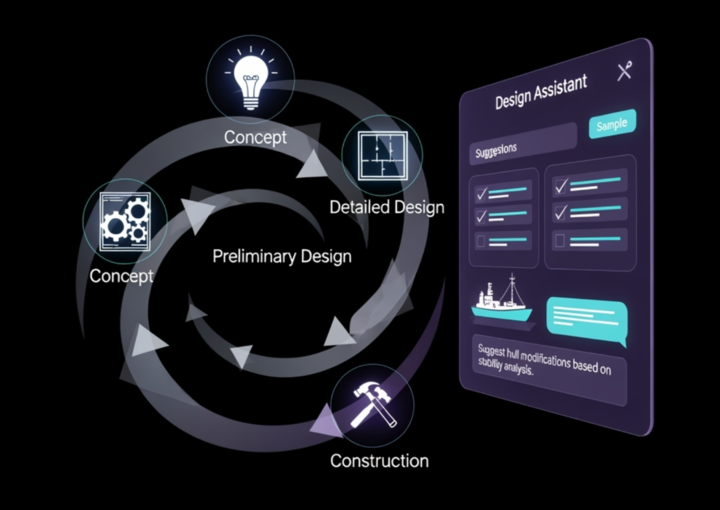Where Practical Solutions and Novel Insights Take Shape
Expertise
Mathematical Rigor & Scientific Progress
Geometric Data Analytics is a research, development, and consulting company focused on solving complex data analysis problems.
Our team includes key founders of the mathematical field of topological data analysis, which is focused on how the shape of datasets influences behavior of AI systems built on that data. Other team members are experts in differential equations, machine learning and artificial intelligence, physics, biology, applied mathematics, data visualization, and computer science (graph theory and algorithms). We pair this expertise with broad interest and curiosity across science and technology.
Engineering
Agile Software & Rapid Deployment
When solving difficult scientific problems, it is essential that the software is trustworthy. GDA takes a professional, test-driven approach to agile, deployable, interoperable, maintainable software through Test-Driven Development, optimized CI/CD pipelines, self-documenting API endpoints, and scalable containerized microservices
Our entire scientific team is highly sophisticated and experienced in software engineering. We can develop independently or assist and consult on the development of algorithms, microservices, or entire deployment environments.
Experience
Multi-Agency Government Research & Collaborative Partnerships
We work with many government agencies, university labs, and private research teams to solve the hardest analytic and algorithmic challenges.
- Defense and Intelligence
- DARPA, Army DEVCOM, AFRL, NSA, NGA, DHS
- Civilian Safety and Science
- NASA, NOAA, USDA, US Forest Service, DoE, EPA, NSF, NIH
- Universities
- Duke University, North Carolina State University, Purdue University, University of Miami, University of Virginia
- Other Companies, large and small
Explore
Verification and Validation of Safety-Critical AI
Funded by DARPA, AMA, and NASA
Standard tools used in validation and verification (V&V) of software are not directly applicable to promising new technologies such as generative AI and deep learning models. Deep learning methods largely outperform traditional methods in a variety of fields, including object detection, novel drug design, and text generation. Real world datasets tend to be extremely high dimensional and often exhibit disconnected and complex geometry and topology. At GDA, we have developed a novel approach to identifying complicated topological structures within datasets to complement and improve preexisting V&V frameworks. In the context of a vehicle detection application, our methods identify one data manifold containing driving images with vehicles approaching in the left lane on a two lane highway, and the other data manifold contains those images with vehicles passing using the left lane. There exist points in the intersection of these two manifolds which contains a truck passing on the left carrying a vehicle facing the viewing car. Our tool thus identifies a rare case that may not be explicitly tested elsewhere

Artificial Intelligence Design Assistant (AIDA)
Supporting Engineering Design with AI (DARPA)
Designing ships requires deep, architect-driven expertise, much of it embedded in the intuition of seasoned engineers. Generative AI offers a way to augment this expertise, but standard tools fall short when applied to the complex, multi-scale nature of the design spiral. GDA, in collaboration with naval architects, is developing the Artificial Intelligence Design Assistant (AIDA)—a software system that supports engineering design through language models, structured knowledge, and interactive agent workflows. AIDA reduces early-stage design time, supports faster iteration, and enables more extensive exploration of design alternatives. While the initial focus is on naval architecture, the underlying architecture is extensible to other engineering domains and can complement expert decision-making.

 ClassiFuel
ClassiFuel
Custom Image Analysis
Processing image data frequently creates bottlenecks in scientific analysis. Recent advances in AI processing of digital images have brought incredible capabilities to end users; however, these tend to be most effective at problems that AI systems have been trained to perform, such as facial recognition, segmenting cars, and generation of natural images.
Technical users with large corpuses of image data may wonder how to make these techniques work for more specialized problems. The black-box nature of modern AI solutions complicates the incorporation of subject matter expertise. We work with customers to develop AI-driven image analysis platforms that support expert annotation and custom mathematical/statistical analysis.
Fuels Analysis and Wildfire Modeling (U.S. Forest Service)
Modeling wildfire behavior depends on accurate measurements of surface vegetation and dead biomass, yet current field sampling methods remain labor-intensive and imprecise. GDA in cooperation with USFS Missoula Fire Sciences Laboratory has developed the ClassiFuel software product that facilitates segmentation, classification, and analysis of fuels from cell phone pictures in wildlands.
Using this tool, we can efficiently translate expert feedback into classification of various fuel types and produce analyses customized to fuel classes and categories.
